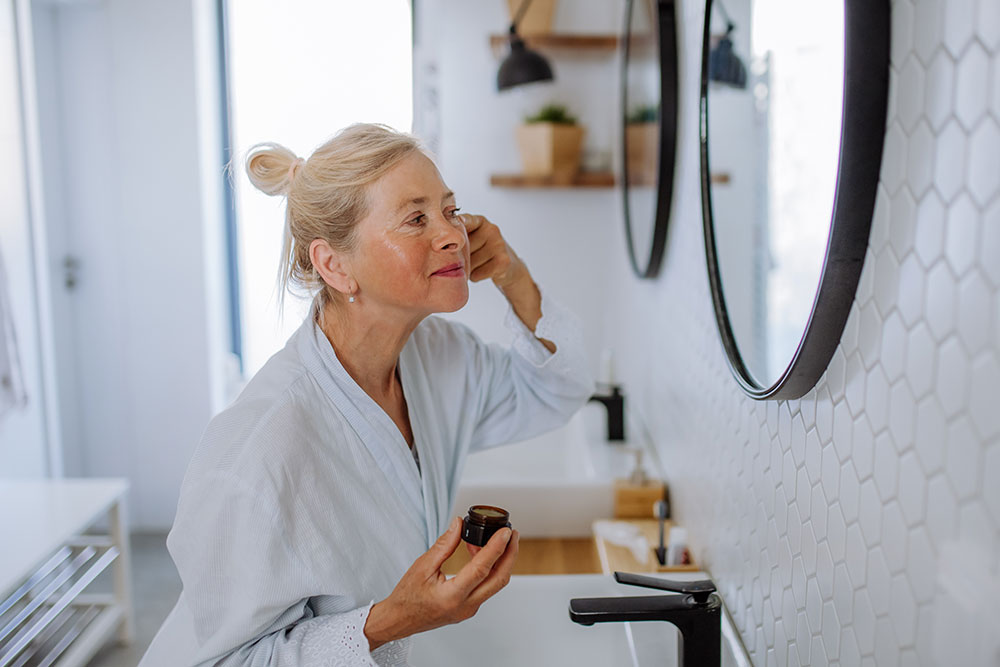Letting people try out your product in their own home – where they’d actually use it – shows you its full potential and pinpoints any drawbacks.
Better still, you don’t have to be a national brand to run an In-Home Use Test (IHUT). Smaller, local businesses enjoy the same benefits from them too.
Three benefits of running IHUTs
1. First impressions are everything
Is your new product really as perfect as you think?
Here are three of many ways consumers might not agree:
- Does it work as expected or advertised?
- Were the instructions easy to follow?
- Did they like the smell, taste, etc.?
Gathering feedback before launching your product means avoiding a sub-par user experience or producing a dud that rapidly needs a new model.
2. Flexible feedback
Once your participant has used your product, learn what they have to say by phone, online, through a video call or in person.
The period of time between testing your product and asking for feedback is up to you too.
If you make vacuum cleaners, you may want to let people use it for several weeks before you ask what they think. If you make breakfast cereal, a week or less may be sufficient.
3. Performance tracking
Run IHUTs on your product(s) throughout their lifetime. For example:
- The concept
- The prototype
- When it’s been on the market for a few months
… you get the idea.
Running multiple IHUTs like this lets you see how the product meets, exceeds, or underperforms in regard to your customers’ expectations.
The 4 questions you need to answer before you run an IHUT
1. Where are you starting from and what are your goals?
Whether you’re running the IHUT yourself – or working with a partner – it’s essential to communicate a plan and a purpose.
Everyone must know why you’re running the IHUT and what its goals are.
2. How many people do you want to test your product?
You need enough testers to make the IHUT worthwhile …
… but too many may make it unwieldy.
If this happens, you won’t benefit from the research, making it a money-losing exercise – quite the opposite of what it’s supposed to be.
And remember it’s not just about how many testers, but having the right ones.
So your participants will have to meet specific criteria to qualify for your study.
3. How long do you need them to test your product?
As mentioned before, the length of your test depends on the product.
For example, certain beauty products with longer-lasting effects might require more time between receiving the product and giving feedback, versus a food or beverage for which users can give their opinions immediately.
If it’s a kitchen appliance like a toaster, then a week may be long enough.
4. Will you reward participants?
It’s important to provide incentives for participants in exchange for their feedback – they are, after all, helping you. Incentives are also worth considering because they help to encourage participation.
In some cases, you may allow participants to keep the product they’ve tested. You may also offer a monetary incentive for taking part and completing your IHUT – gift cards are often used for this.
It’s often worthwhile to offer a larger reward than a smaller one. While paying less may sound tempting, it can increase the overall cost if it takes longer to get the right number of trustworthy participants.
Looking to run an IHUT?
You can set up and run an IHUT yourself.
However, engaging a partner to work with you frequently makes more sense.
You’re very good at creating and selling products. They’ll have just as much expertise at running IHUTs and all other forms of market research.
If you’re considering some market research, then, work with ROI Rocket.
For over a decade, our dedicated team has helped companies like yours with their In-Home Use Tests.

